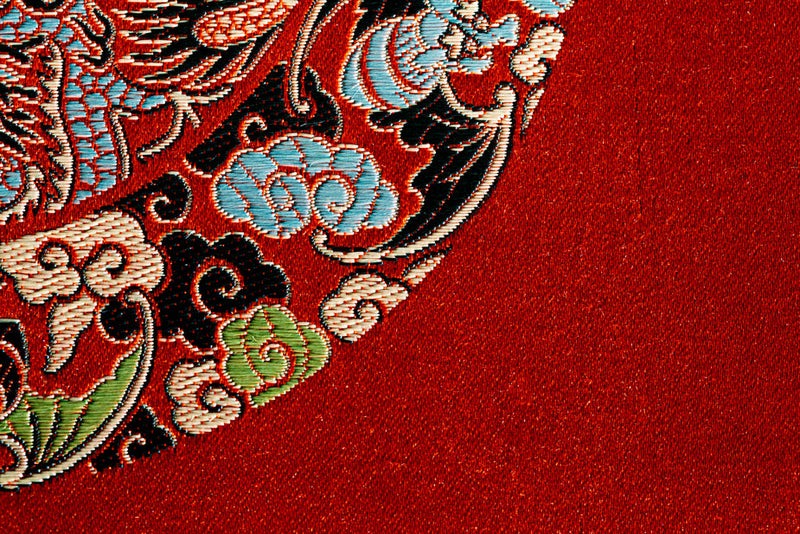- Regular
- Rs.20
- Sale
- Rs.20
- Regular
- Rs.20
Sold Out
- Unit Price
- per
Liquid error (snippets/snip-product-variants line 28): product form must be given a product

Shawls - Our First Love
Historically, a shawl was treated as an ornamental accessory worn over your head or on your shoulders to keep warm. Its distinguishing feature was that it was made from fine wool, and primarily worn by the royals and the affluent community. From royal accessory to winter staple, the shawl has been a luxurious fixture in our wardrobes. Now it is also a fashion heirloom.
The shawl was mostly worn by males and its fineness was considered a sign of aristocracy. It was worn in different ways as a full wrap draped over the shoulders, as a stole by letting it hang on the upper arms, or as a turban and a mantle. Traditionally, a shawl can serve multiple functions in addition to its use as an ornamental accessory. It also performs a utilitarian role like a coverlet, dining spread, headrest and even carrying load in many of the rural and suburban areas of modern-day Pakistan.
Although shawls have been made in Kashmir since the eleventh century or thereabouts, it is believed that the industry that produces the Kashmiri shawl only emerged in the fifteenth and sixteenth centuries. Be it a classic embroidered shawl or a contemporary design, the shawl is integral to wardrobes in the Subcontinent.
Sarwat has been a leading manufacturer of the finest quality traditional shawls since the 19th century. Love for pashminas and shahtoosh shawls led Khawaja Feroz-ud-din, the founding father of the brand Sarwat, to launch his eponymous label in Baramulla in 1860. Shawls are to him timeless, exquisite heirloom items that should be passed down through the generations. Their simplicity and versatility in draping and styling with contemporary ensembles are what make it an heirloom.